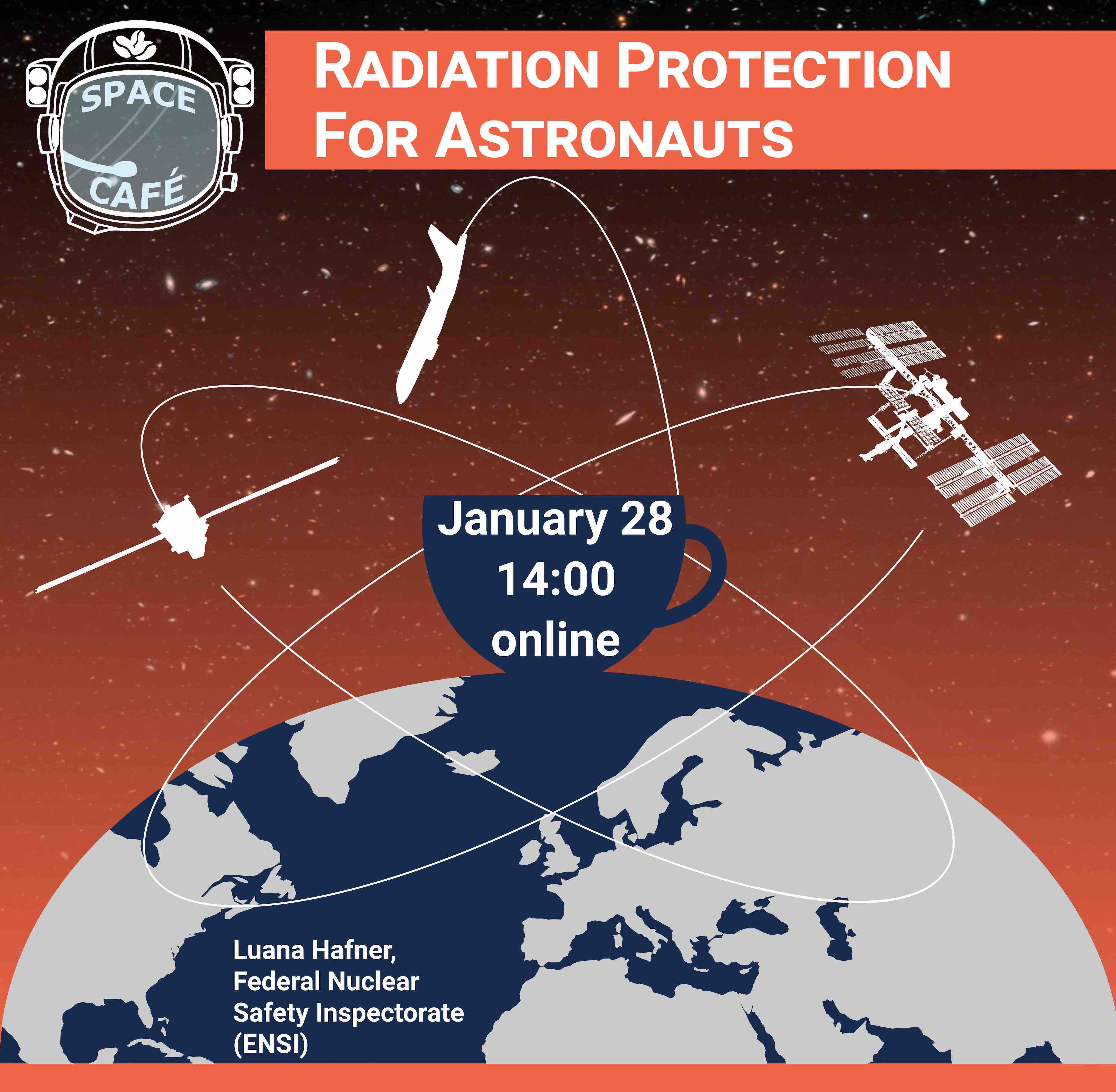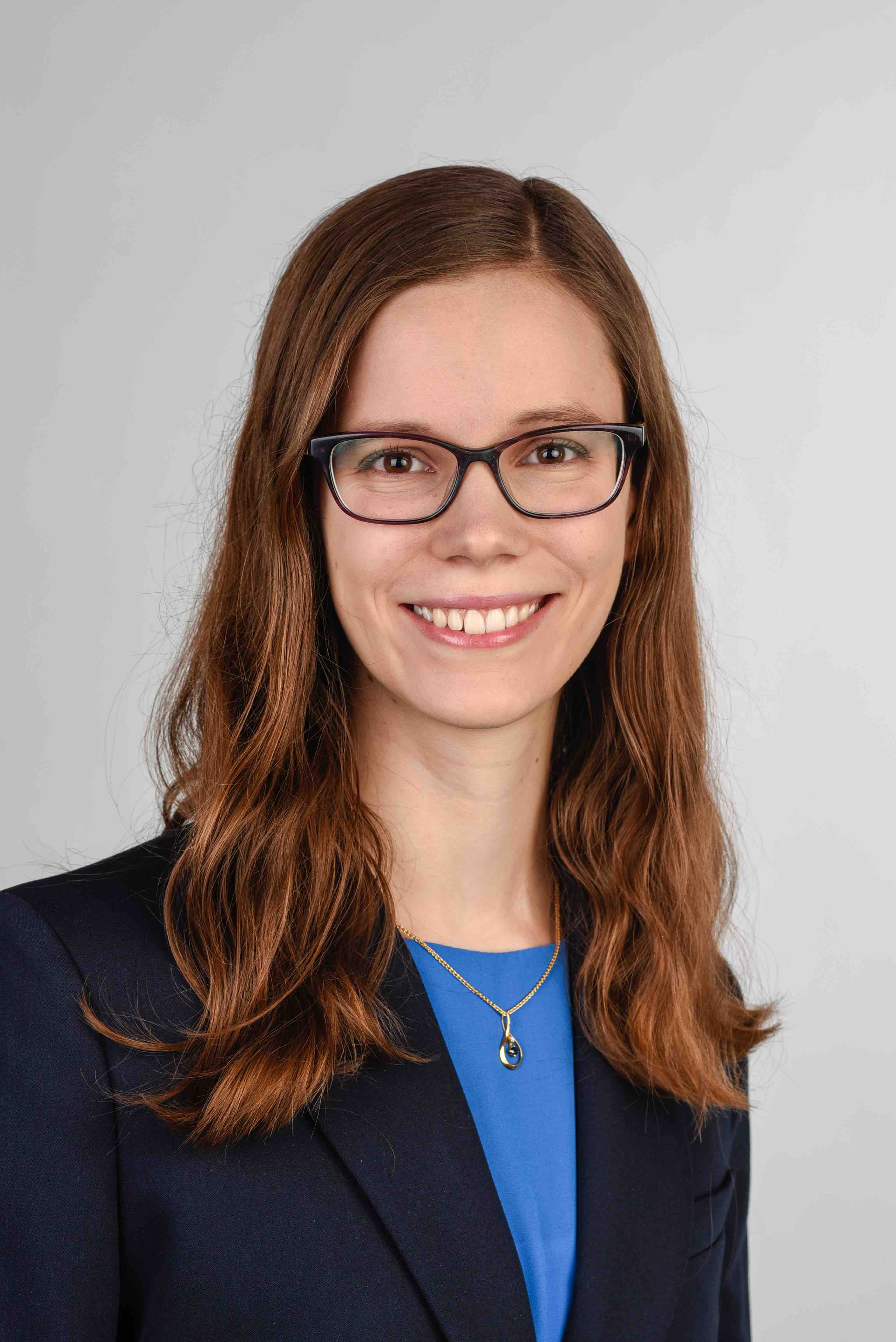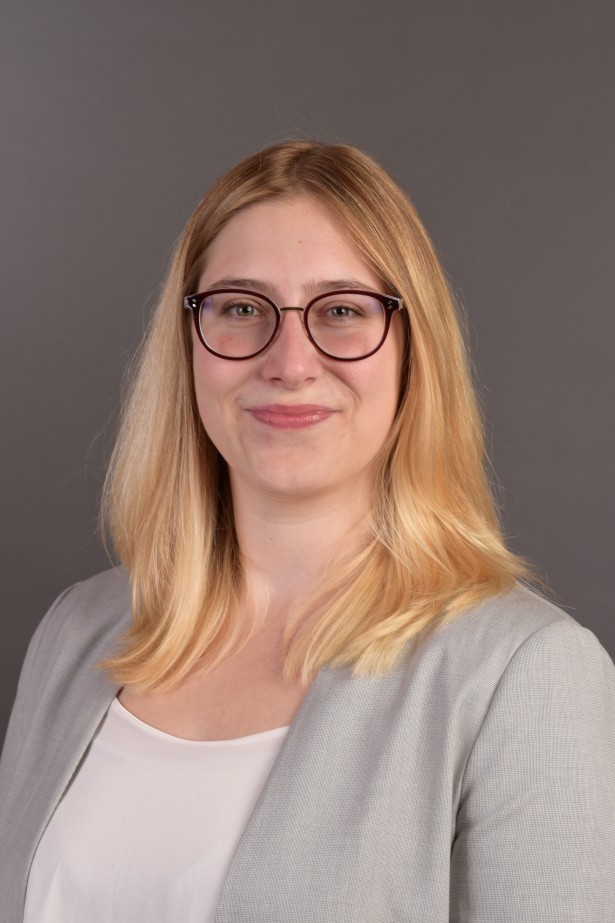Radiation protection for astronauts

Ever wondered what type of health risks astronauts are exposed to on space missions? Radiation exposure can lead to a significant increase in cancer risk, which makes it an important factor for planning manned space missions to the Moon or even Mars. As the feasibility of long term missions increases, more research in this field is being undertaken by many space agencies. In this Space Café discussion, you will learn about different risk assessment models using cutting edge methods and data from Japanese A-bomb survivors to estimate the risk of long term missions for future astronauts.
Want to know more? Read below and do not forget to register at the end of the page to attend this event online on January 28, at 14:00.
More about Space Café event series.
Description
A good understanding of radiation related detrimental health effects and risk levels is important when planning manned missions into space for either routine or exploratory purposes. Currently, different national space agencies use different cumulative risk assessment methods and set individual limits on either risks or radiation doses, such that mission radiation related risks remain within a predefined acceptable range.
In this talk, the suitability to calculate radiation induced cancer induction risks of the different risk assessment methods lifetime attributable risk (LAR), risk of exposure-induced cancer (REIC) and radiation attributed decrease of survival (RADS) will be discussed. The risk models are based on the most recent published epidemiological data on the Japanese A-bomb survivors, who were exposed to gamma-rays and neutrons. The impact of the completeness of the follow-up of the Life Span Study (LSS) data on risk levels will be shown here for LAR and REIC. Additionally, the effect of using a different neutron RBE on the risk calculation is going to be discussed as well as the impact of different variable parameters in the risk calculation such as the dose and dose-rate effectiveness factor (DDREF) and the excess absolute risk (EAR) baseline scaling. Finally, an approach to set a limit for RADS for space missions will be introduced and a first prototype software for RADS cancer risk calculation for European astronauts will be presented.
Speakers

Irina Kempf got her Bachelor's and Master’s degree in Physics at ETH Zurich. Over the course of her studies, she completed projects at the center for proton therapy at PSI, Inselspital and the Hirslanden clinic. In her master thesis, she evaluated different detector designs for the world's first portable nanodosimetry detector. In 2020 she started her PhD at University of Zurich working on further improving this detector, as well as developing a new model for how radiation interacts with biological tissue.

Luana Hafner completed her Bachelor’s and Master's degree in Physics at ETH Zurich. During her studies she focused on medical physics and particle physics. In her master thesis she developed a new radiation protection model which can be used to estimate the cancer risk for astronauts on long term manned missions. After completing her masters degree, she started working at the Federal Nuclear Safety Inspectorate (ENSI) in 2020.